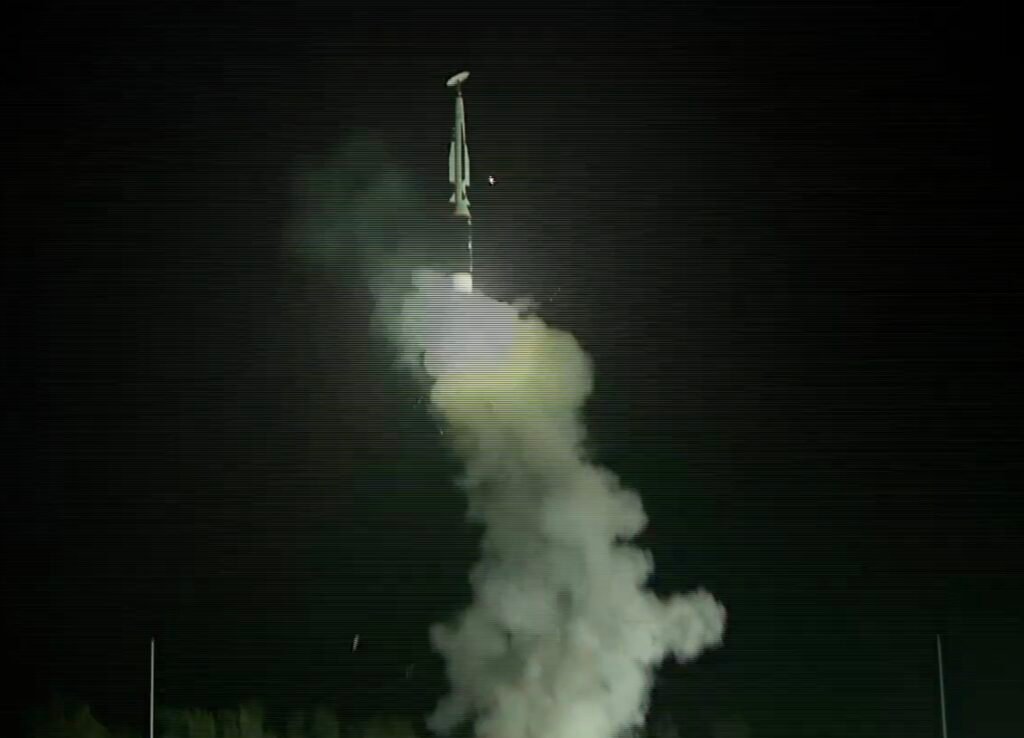New Delhi: In a move to fortify its defence capabilities, India has confirmed its commitment to continue and expand its missile testing program into the foreseeable future. This strategic initiative comes at a time when regional security dynamics are increasingly fluid, with India aiming to enhance its deterrent posture against potential threats, primarily from neighboring Pakistan and China.
The Defense Research and Development Organization (DRDO) has been at the forefront of this endeavor, recently achieving a significant milestone with the successful test of a long-range hypersonic missile from Dr APJ Abdul Kalam Island off the coast of Odisha. This missile, capable of carrying various payloads over distances greater than 1500 km, marks India’s entry into a select group of nations with such advanced military technology.
Defense Minister Rajnath Singh praised the DRDO’s efforts, stating, “This is a historic moment for India, showcasing our capabilities in critical and advanced military technologies. Such advancements are vital for our national security framework.”
The @DRDO_India has successfully conducted a flight trial of its long range hypersonic missile on 16th Nov 2024 from Dr APJ Abdul Kalam Island, off-the-coast of Odisha.
— रक्षा मंत्री कार्यालय/ RMO India (@DefenceMinIndia) November 17, 2024
Raksha Mantri Shri @rajnathsingh has congratulated DRDO, Armed Forces and the Industry for successful flight… pic.twitter.com/wq7yM2YS9f
Strategic Implications of India’s Missile Program:
- Deterrence Strategy: The development of hypersonic missiles and other missile systems like the Agni series underscores India’s focus on maintaining a credible minimum deterrence. The ability to deploy multiple warheads with MIRV technology, as seen in the Agni-5 test under Mission Divyastra, enhances this capability.
- Technological Innovation: India’s missile program isn’t just about quantity but quality of defense technology. The Hypersonic Technology Demonstration Vehicle (HSTDV) and the new hypersonic missile tests reflect India’s push towards innovation, aiming to integrate cutting-edge technologies that can outpace traditional defense systems.
- Self-Reliance in Defense: The expansion of missile testing aligns with the government’s push for ‘Make in India’, fostering self-reliance in defense production. This includes plans for new facilities like the upcoming missile testing range in Andhra Pradesh, which will reduce dependency on foreign technology.
Future Trajectory:
- Expansion of Testing: The Indian government has outlined plans for an intensified testing schedule. This will include not only ballistic and cruise missiles but also anti-tank guided missiles and anti-radiation missiles like Rudram-II, recently tested from a Su-30MKI fighter jet.
- Operational Integration: Moving forward, the focus will be on integrating these advanced missile systems into the operational framework of the Indian Armed Forces. The Pralay missile, for instance, is expected to soon enter operational service, providing a new conventional ballistic missile option.
- International Relations: While enhancing its military capabilities, India continues to navigate its defense strategy within the context of international treaties and its commitments to non-proliferation. The missile tests are also a statement of India’s growing technological sovereignty in the global arena.
As India charts its path in military technology, experts suggest that these developments could lead to a shift in the strategic balance in South Asia and the Indo-Pacific region. Critics and observers alike watch closely, as each missile test not only marks progress in India’s defense capabilities but also signals its readiness to respond to any potential escalation in regional conflicts.


